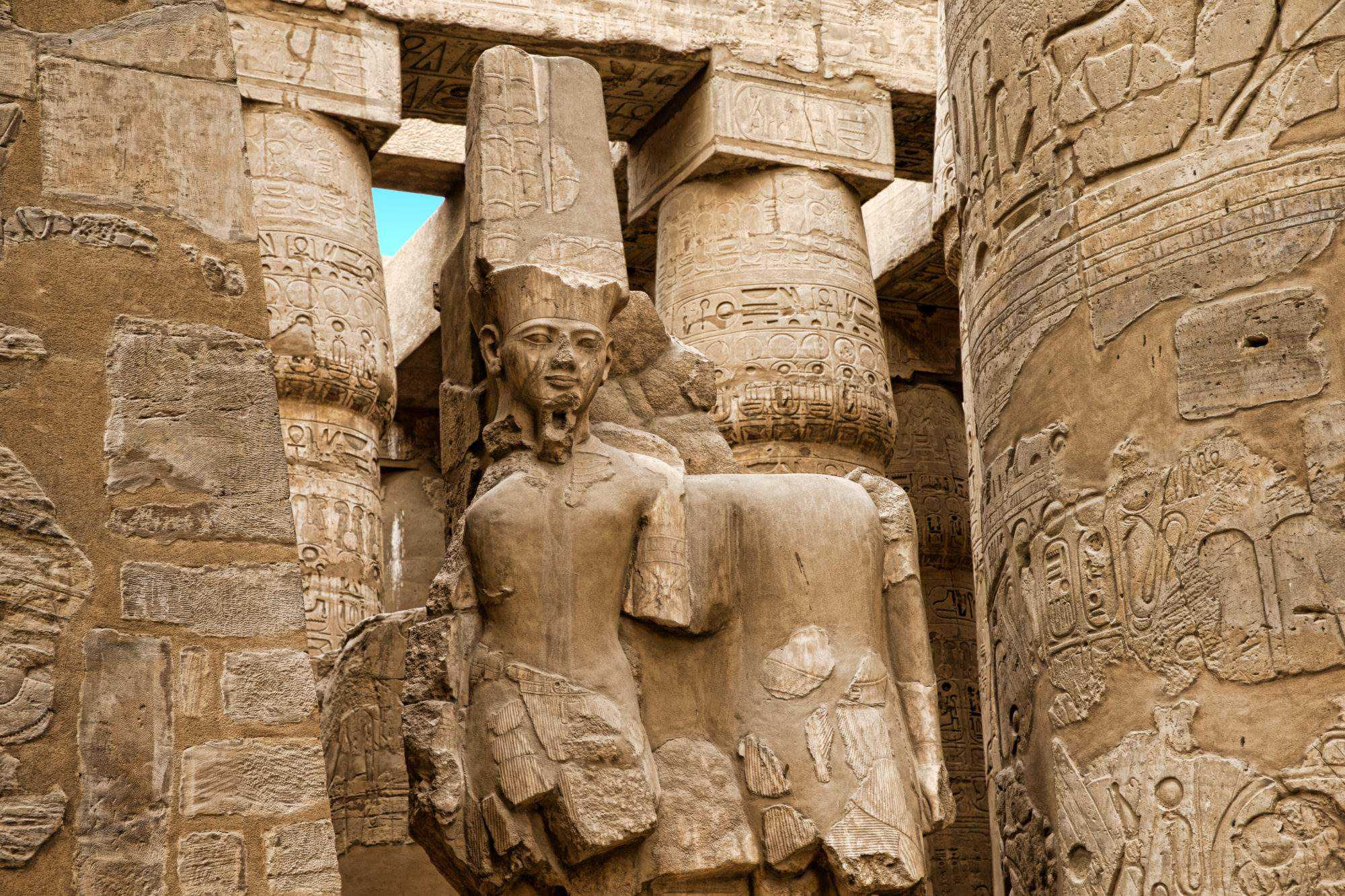BY DAVE RANKIN
We ended our look into the Middle Kingdom with the remarkable feats of Amenemhet the 1st of the 12 Dynasty. His aggressive conquests were spurred by the events of the First Intermediate Period, a time where greed, lust and chaos were rampant and interrupted the glory of Kemet.
Amenemhet the 1st erected many temples, and other structures to fortify his reign and control over trade routes. He also constructed his Royal Residence in Itet-taui (renamed Lisht) with the same grandeur, making it a fortified city. Dr. Yosef Ben Jochannan tells us that “It was considered IMPREGNEBLE… bringing awe to his followers, and utter fear to his enemies.” There is another feat that this great leader should be commended for; that is establishing co-regency with his son and heir, Senworset the 1st. By doing this at such an early age, it provided the young prince with priceless lessons as he was given active roles in government and military matter.
Nearing the end of his 30th year on the throne, Amenemhet the 1st was assassinated by his own guards while Senworset the 1st was on a military campaign in Libya. The accounts of his assassination were retold in the famous Kemetian text, The Story of Sinuhe.
Being seasoned in royal matters at the request of his father, Senworset the 1st began where his father left off. He continued his father’s aggressive expansion with two expeditions into Nubia. Senworset the 1st also established diplomatic relations with small town rulers in Syria and Canaan. He continued the family tradition of establishing co-regency with his son, Amenemhet the 2nd, the third pharaoh of the 12th Dynasty. After 44 years of rule, Amenemhet the 2nd took his rightful place on the throne after his father’s death and he himself ruled for 35 years.
History shows us that the name of the successors bounced back and forth between Amenemhet and Sunworset. The last male pharaoh of the dynasty was Amenemhet the 4th. His sister Sobekneferu took over when he died without a male heir and this ended the powerful legacy as the 13th Dynasty ushered in a much weaker regency.
Dr. Yosef ben Jochannan informs us in his work, ‘Black Man of the Nile and His Family,’ “The Sobekhotep family failed to maintain the high standards and strength in character set by their illustrious predecessors.” There was a lack of diplomatic skills and military know how that allowed forts to be reoccupied by locals and as well as the invasion of the Hyksos, a Semitic people from the Sinai. These Semitics, who we will discuss further at some time, were the first non-African people to rule on the throne.
While the pharaohs of the beginning of the 14th Dynasty (1797-1674 BCE) may have had long and successful reigns, establishing good relationships with Nubia, it was the latter half of successors that failed miserably. Famine and plagues seem to have taken flight. In fact, no one was safe, not even the mighty pharaohs, as the historical records show us there was a rapid succession. These short reigns destabilized and weakened the nation, making them no match for the Hyksos who brought the dynasty to an end.
All in all, the Middle Kingdom had a glorious run. Robin Walker confirms this by advising us that, “The Middle Kingdom however had been firmly implanted in the Kemet consciousness and did not fade. Over the centuries it was regarded as Kemet’s classical period.”

